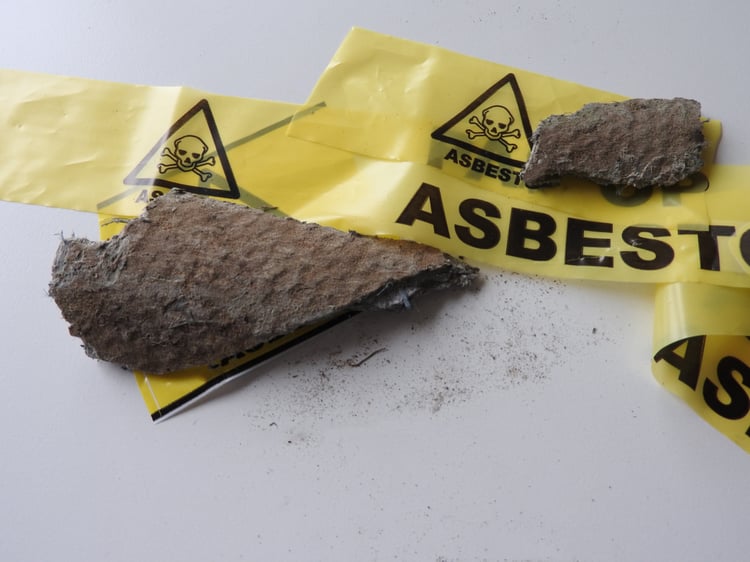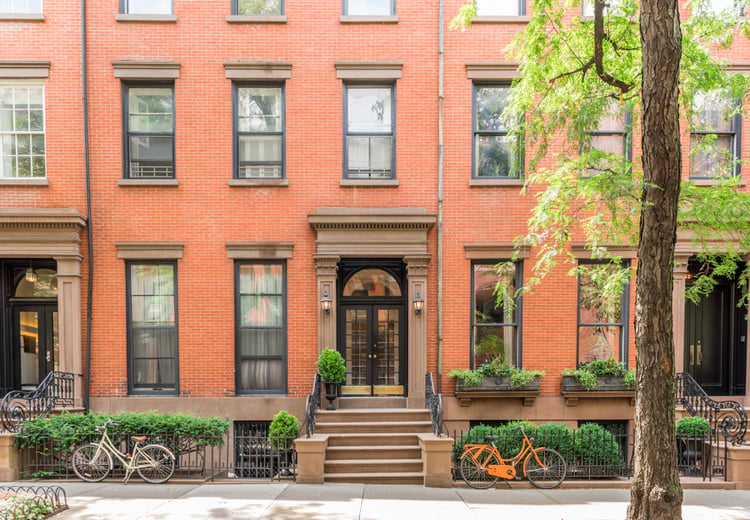Repurposing Historic Buildings: 3 Important Aspects to Consider

Adaptive reuse projects have become popular in 2020 and 2021, since the demand for commercial spaces has changed, in great part due to the COVID-19 pandemic. This is reflected by the 2021 Commercial Real Estate Outlook from Deloitte: while retail spaces and hotels are vacant, the demand for warehouses and data centers is on the rise. Repurposing an existing building is much less expensive than a new construction, and properties that are no longer productive can become lucrative.
Many historic buildings are used for adaptive reuse projects, conserving their architecture while making them useful again. Old industrial buildings in particular are very spacious, which allows a wide range of repurposing projects. However, there are also unique challenges when repurposing historic buildings, since they must meet modern codes while following landmark preservation laws.
Are you planning to repurpose a historic building? Get a professional MEP design.
In this article, we will discuss three important things you must consider if you’re planning to use a historic building for an adaptive reuse project. These properties have a unique appeal, but any projects that involve them must be managed carefully.
1) Check the MEP Installations

Building codes have changed a lot over time, and MEP systems that were compliant decades ago may fall below the requirements of newer code versions. For example, old buildings often have oversized heating systems, since codes required them to have enough capacity to heat buildings with their windows open. On the other hand, modern buildings have an airtight construction, and they can keep comfortable temperatures with smaller heating systems.
- When repurposing a historic building, it may be possible to reuse some components of the existing MEP installations. However, major changes are often needed to meet modern codes.
- To determine what can be reused and what must be upgraded, the best recommendation is getting a professional assessment of the building.
HVAC systems have a very important role in building interiors, especially after the COVID-19 pandemic. To prevent the spread of infectious diseases indoors, ASHRAE recommends using as much outdoor air ventilation as possible. At the same time, indoor air should be kept clean with ultraviolet germicidal irradiation and filters with at least a MERV 13 rating.
Fire protection systems are also likely to need an upgrade, since code requirements have become more stringent over time. In the case of NYC, you will need to install an automatic sprinkler system to meet Local Law 26 of 2004.
2) Check for Harmful Construction Materials Like Asbestos and Lead

Some construction materials that were common in the past are no longer acceptable, since they have been linked with severe health issues in humans. In the case of historic buildings, it may be necessary to eliminate materials like lead or asbestos.
Historically, lead has been used in paint and plumbing installations. However, lead is a toxic metal that has been linked with health issues like anemia, kidney damage and brain damage. In the case of pregnant women, lead can also damage the nervous system of developing babies.
- Lead paint has been banned in the US since 1978, and lead piping since 1986.
- Unfortunately, lead can still be found in older buildings.
Asbestos is durable and heat-resistant, and it was a popular construction material in the past for these reasons. However, asbestos can cause severe damage to the respiratory system, and even lung cancer. Technically, asbestos has not been banned in the US, but avoiding the material is in the best interest of real estate developers and their tenants.
3) Make Sure that Entrances and Exits Are Suitable for the New Occupancy

When repurposing a historic building, you may need to increase the number of exits and entrances. For example, if you are repurposing an industrial building into a mixed-use project for multiple tenants, the existing accesses may not be enough for the expected visitors. You must also ensure that the exits are suitable for evacuation if there is an emergency.
It may also be necessary to upgrade the building according to the accessibility requirements of current building codes. For example, you may need to add entrances and exits that are suitable for persons with special needs.
Conclusion
Adaptive reuse projects use existing constructions to reduce the development costs. However, when dealing with historic buildings, a careful property assessment should be carried out to determine the required changes. This allows project costs to be estimated more accurately, and the developer can decide if the project makes sense financially.
In particular, developers should pay attention to MEP installations, the construction materials present, and the existing entrances and exits. There should be some compatibility between the previous occupancy and the intended use, or the building repurposing cost can be very high.

Michael Tobias
Michael Tobias, the Founding Principal of NY Engineers, currently leads a team of 150+ MEP/FP engineers and has led over 4,000 projects in the US
Join 15,000+ Fellow Architects and Contractors
Get expert engineering tips straight to your inbox. Subscribe to the NY Engineers Blog below.

